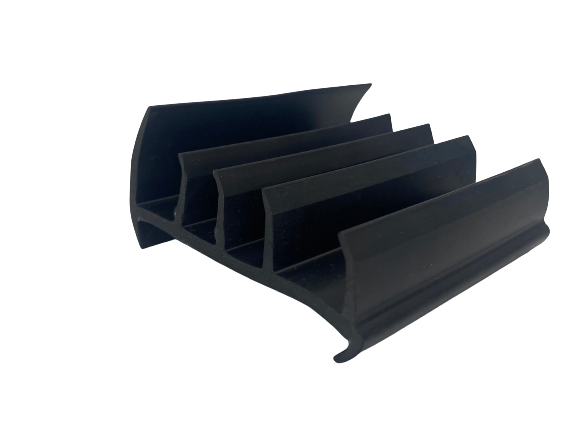Dic . 07, 2024 02:59 Back to list
Buy Silicone Rubber Sealing Strip for Oven Door Replacement and Upgrade
The Essential Guide to Buying Silicone Rubber Seal Strips for Oven Doors
When it comes to kitchen appliances, ovens are among the most frequently used. Whether you are a passionate home cook or a professional chef, maintaining the efficiency and safety of your oven is paramount. One critical but often overlooked component of an oven is the door seal. If you’ve noticed that your oven is losing heat or letting moisture escape, it may be time to buy a silicone rubber seal strip for your oven door. In this guide, we will explore the importance of these seals, what to consider when buying them, and how to install them effectively.
Why Silicone Rubber Seal Strips Matter
Oven door seals play a crucial role in ensuring that your oven maintains an even temperature while cooking. A good seal prevents hot air from escaping and cold air from entering, leading to energy efficiency and better cooking results. When the seal is worn out or damaged, it can lead to longer cooking times, uneven baking, or increased energy bills. Silicone rubber seal strips are particularly effective because they can withstand high temperatures without losing their shape or integrity. They are flexible, durable, and resistant to wear and tear, making them ideal for kitchen environments.
Factors to Consider When Buying Silicone Rubber Seal Strips
1. Compatibility The first step in purchasing a silicone rubber seal strip is to ensure compatibility with your oven. Oven door seals come in various shapes and sizes, tailored to fit specific models. Consult your oven’s manual or manufacturer’s website to find the correct specifications for your oven.
2. Temperature Rating Not all silicone is created equal. When buying a seal strip, check its temperature rating to ensure it can withstand the high heat levels of an oven. A quality silicone seal should comfortably endure temperatures up to 500°F (260°C).
3. Thickness and Width The thickness and width of the seal strip are also critical. A thicker seal generally provides a better barrier against heat loss. Measure the existing seal or the groove where the seal fits carefully to choose the right thickness and width.
4. Ease of Installation Some silicone rubber seal strips come with adhesive backing, making them easier to install without professional help. If you are a DIY enthusiast, look for products that are user-friendly. Comprehensive installation guides or videos can also be a bonus.
5. Durability Opt for high-quality silicone that can endure the rigors of daily use. A durable seal will not only prolong the life of your oven but will also save you from frequent replacements and repairs.
buy silicone rubber seal strip for oven door

6. Price and Warranty Prices for silicone rubber seal strips can vary widely based on quality and brand. While it might be tempting to go for the cheapest option, remember that investing in a high-quality seal can save you money in the long run. Additionally, check if there’s a warranty, as this can reflect the manufacturer’s confidence in their product.
How to Install Your Silicone Rubber Seal Strip
Once you’ve purchased the right silicone rubber seal strip, installing it is relatively straightforward. Here’s a step-by-step guide
1. Remove the Old Seal Carefully take off the damaged or worn-out seal. Make sure to clean the area thoroughly, removing old adhesive residues.
2. Measure and Cut If necessary, measure the new seal strip and cut it to the appropriate length. Make sure it fits snugly in the groove.
3. Apply Adhesive (if necessary) If your seal does not have adhesive backing, apply a suitable heat-resistant adhesive to the groove.
4. Position the New Seal Gently press the new silicone seal strip into place, ensuring there are no gaps.
5. Test the Oven Finally, close the oven door and check for any leaks. You can do this by running the oven at a high temperature for a short period and observing if heat escapes from the sides.
Conclusion
Investing in a silicone rubber seal strip for your oven door is a simple yet effective way to enhance your oven’s efficiency, save on energy bills, and improve cooking results. By considering compatibility, temperature ratings, and quality, you can make an informed purchase that will benefit your kitchen for years to come. With a bit of effort, you can ensure that your oven remains a reliable partner in your culinary adventures. Happy cooking!




